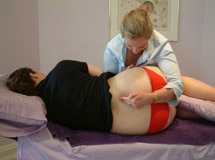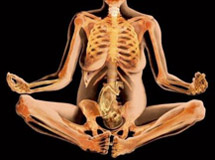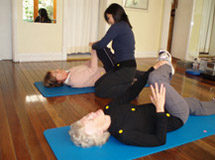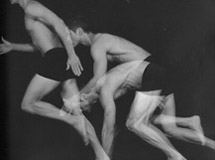Diastasis Rectus Abdominis (DRA)- understanding how to improve how your abdominal wall functions and tummy looks after delivery of your baby
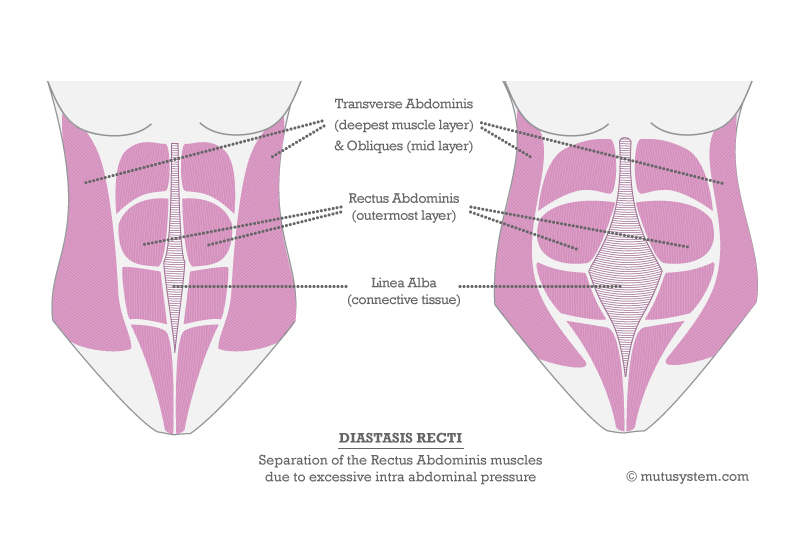
Your abdominal wall plays an important role in the function of your trunk, spine and pelvis. Pregnancy and delivery can impact both the function and appearance of your abdominal wall, with the possibility of widening of the linea alba and separation of the recti muscles, known as Rectus Diastisis Abdominis (DRA).
Recent Research into Diastisis Rectus Abdominis has helped us understand the best ways to treat mums with DRA towards improving function and exercise capacity
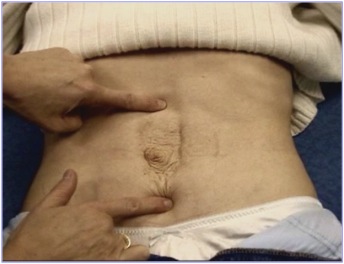
In February 2020 our highly respected colleague and physiotherapist, Diane Lee, came to Australia to present the research she had undertaken with Professor Paul Hodges (DSc MedDr PhD BPhty(Hons) FAA FACP APAM(Hon).
Together they were able to investigate the changes that occur in abdominal wall function in women with DRA and show that
- Normally, the linea alba is tensioned during abdominal wall activation by activation of abdominal muscles including Transversus Abdominis (TrA).
- After delivery of your Baby a DRA represents a greater gap between the heads of the rectus abdominis muscles and this gap may be more significant in either the upper, middle or lower (or all) regions of the abdominal wall
- When a woman with a DRA is asked to do a curl up, the activation of rectus abdominis will tend to reduce the distance between the heads of the recti muscles but this will also tend to make the linea alba become more wrinkled, domed, or sagged causing distortion in the way your belly looks
- Mums can learn to improve the distortion, doming or sagging of the linea alba by learning how to pre-activate their Transverse Abdominis muscle and maintaining this activation as they do specific abdominal exercises. How to get TrA to activate optimally without using the wrong muscles means more than sucking in your belly, and we often find Mums need a little help to get this right.
- Real Time Ultrasound (RTUS) is a very useful clinical tool for helping mums “see” when they are activating TrA +/- their pelvic floor well and it helps us ensure the linea alba is being tensioned correctly.
- The concept of “closing the gap” to improve how the abdominal wall looks after delivery may not be the best premise for exercise or rehabilitation…
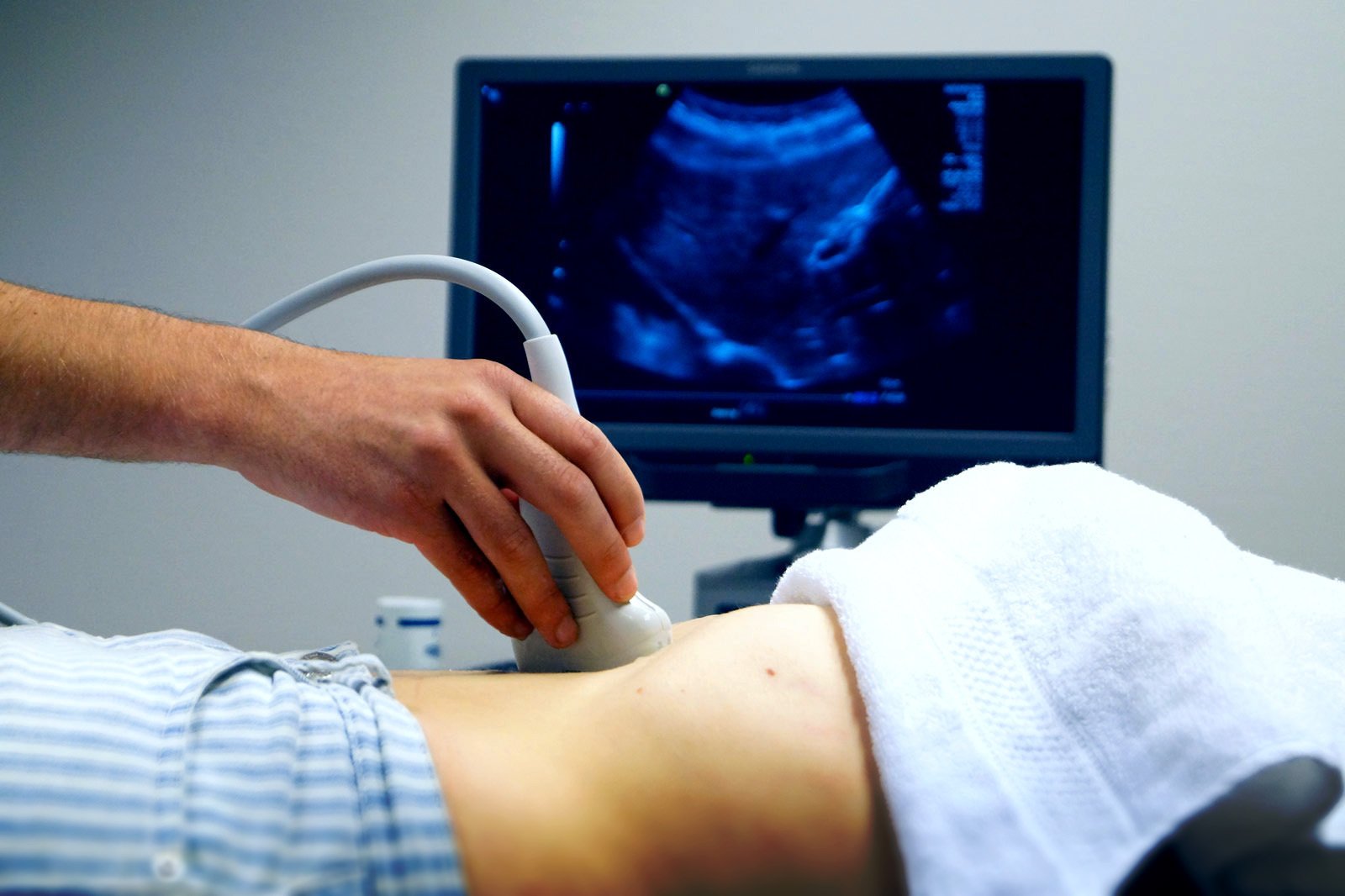
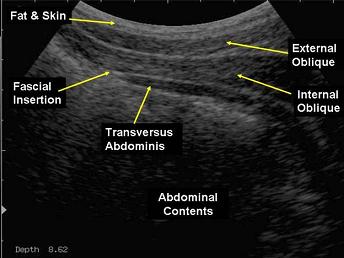
Instead, learning how to activate TrA prior to, and during activities and exercise will increase tension across the linea alba and improve how the abdominal wall functions and therefore have a big part to play in helping mums improve how they function in their daily lives and in their return to exercise.
It should also be noted that 2/3 of women who have a DRA will also suffer from at least one other support related pelvic floor dysfunction such as urinary or bowel incontinence, pelvic organ prolapse or pelvic / sacro-iliac joint pain (Spitznagle et al 2007). Transverse Abdominis is the deepest layer of the abdominal wall and it tends to normally co-contract with our pelvic floor muscles as we move, lift and carry (together they are described as our core muscles, along with multifidus). Having a baby can put strain on both these muscles, and sometimes mums need help to re-connect to their core, and then to learn how to recruit their core muscles as they do exercises.
All the Physiotherapists at Sydney Spine & Pelvis Physiotherapy have trained with Diane Lee and are able to fully assess anyone with a DRA, pelvic pain, or incontinence issues. Our assessment may include measurement of your linea alba deficit, assessment of your core muscles, assessment of your whole body to determine if there are any other drivers of altered muscle activation or postural issues, and the use of RTUS to assist core muscle retraining. We also have a Women’s Health Physiotherapist available for assessment and treatment of incontinence issues and Pelvic organ Prolapse
Please call Sydney Spine & Pelvis Physiotherapy on 02-97199114 to make an appointment with one of our experience physiotherapists.
Initial Consultations for this issue will be for 1 hour.

